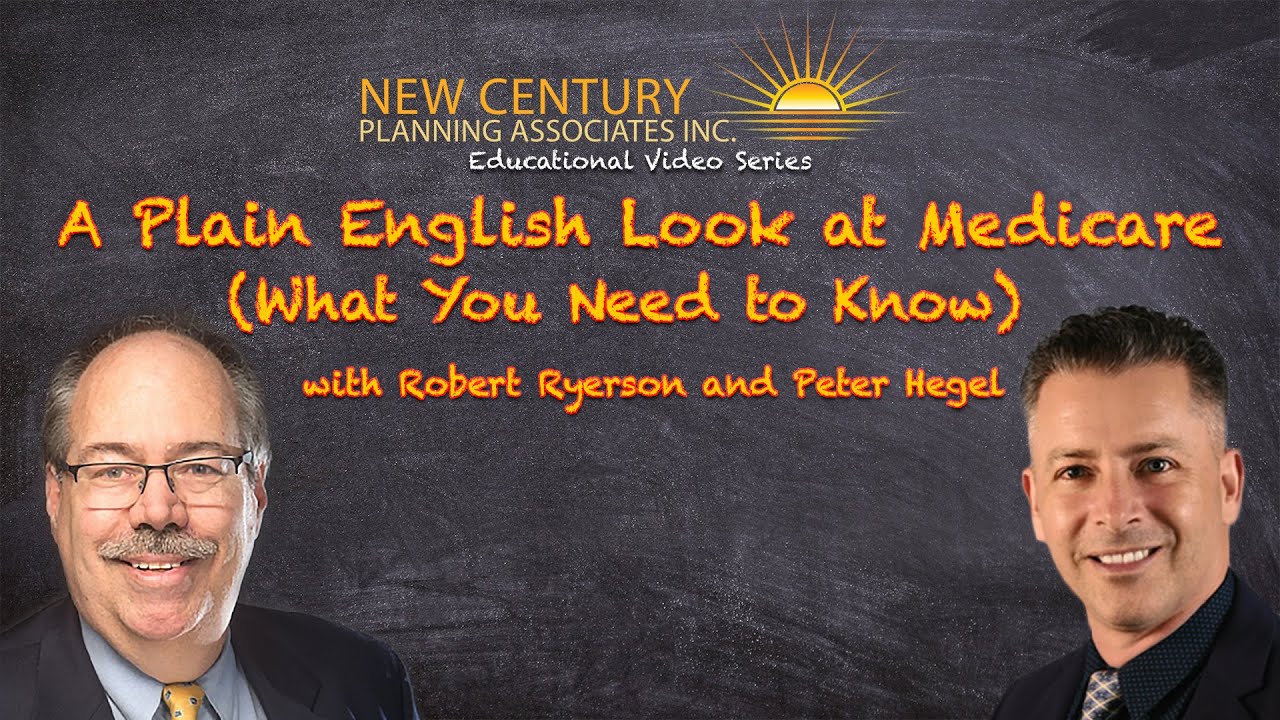Medicare, the cornerstone of healthcare for older Americans, has evolved significantly since its inception in 1965. In a detailed discussion with Peter Hegel, an expert in Medicare from New Century Planning Inc., several critical aspects of Medicare, including its history, different parts, and options for supplemental coverage, were explored.
Historical Context and Basic Structure
Since 1965, Medicare has been a federal program aimed at providing healthcare security to those aged 65 and over. It is divided into several parts: Part A covers inpatient hospital care, ensuring that hospital stays and related services are financially accessible. Part B covers outpatient services including doctor visits and lab tests, essential for routine medical care.
Prescription and Comprehensive Care
With the aging Baby Boomer population, Medicare saw the addition of Part D in 2006, a standalone prescription drug program administered by private companies under federal guidelines. This addition addressed the growing need for affordable medication access among seniors.
Medicare Advantage Plans
Introduced in 1997, Medicare Part C or Medicare Advantage plans are administered by private companies and may offer low to no premiums. However, as Hegel points out, they often come with network restrictions and potentially higher out-of-pocket costs when accessing medical services. These plans integrate and sometimes replace parts A and B, offering a bundled alternative that might appeal to those seeking simplified coverage.
Eligibility and Costs
Medicare eligibility starts at age 65, with Part A generally being premium-free for those who have paid into the system for 10 or more years. The monthly premium for Part B in 2023 stands at $164.90 but can vary based on income, reflecting a tiered payment system that adjusts based on an individual’s financial situation.
Supplemental Coverage: Medigap
For those seeking additional coverage to fill the gaps left by Parts A and B, Medigap policies provide a crucial safety net. These supplemental plans are standardized across the country but priced variably based on factors like age, health, and geographic location. Coverage details and benefits for these plans are designated by different letters (A through N), with plans like F and G providing extensive coverage against unexpected medical expenses.
Choosing the Right Plan
Choosing the right Medicare or Medigap plan involves considering several factors including cost, coverage, customer service, and the financial stability of the insurance provider. For instance, while Plan F offers comprehensive coverage with no out-of-pocket costs for covered services, Plan G is a cost-effective alternative with a minor deductible. Plan F is no longer available to people who become Medicare-eligible on or after January 1, 2020.
Medicare vs. Medicaid
A common point of confusion is the difference between Medicare and Medicaid. While both are government programs, Medicare is universally available to those over 65 and certain younger individuals with disabilities. Medicaid, however, is need-based, providing coverage for individuals and families with limited income and resources.
Limitations of Medicare
An essential aspect that Hegel emphasizes is that neither Medicare nor Medicaid covers long-term or custodial care, which is a critical consideration for those planning for future healthcare needs.
Conclusion
Understanding the various components and options of Medicare is vital for making informed decisions about healthcare coverage in retirement. With expert insights like those from Peter Hegel, seniors and their families can navigate the complexities of Medicare with greater confidence and clarity.
